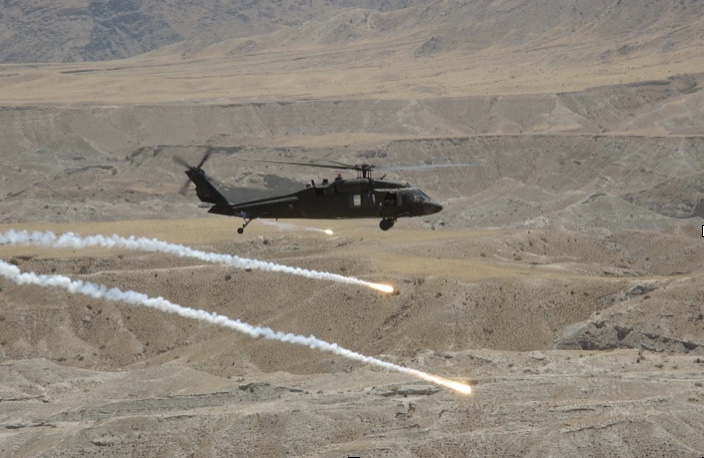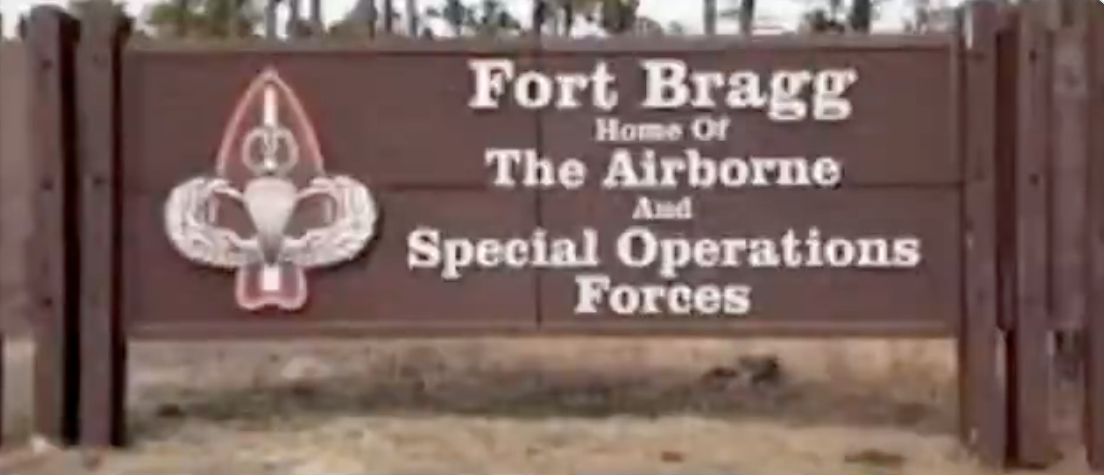The new look of modern warfare, bigger doesn't mean better

Through the summer of 2022, the war in Ukraine rightfully dominated headlines. Many were suddenly flying their yellow and blue national flag in a display of solidarity. At the same time, the instant foreign affairs and military experts filled the airwaves of American news outlets. Months later, winter arrived, and though the war still creeps into headlines, America’s mid-term elections and fiscal crisis now dominate.
The war rages on, but it feels like a more static environment. It looks like the late stages of a boxing match. Though there was a display of intense energy as the initial bell rang, the fighters are now two exhausted opponents barely able to stand. The odds of a knockout blow are remote, but the world watches and prays that the threat of nuclear weapons use is not realized. It may look slow now to the observer, but they are doing everything they can, and both might be satisfied with a draw. The future is unclear.
Still, most of the public no longer thinks about this conflict every day. In fact, they may not hear anything about it for a week or more. But Ukraine remains fertile ground for those of us who faithfully follow the international situation and analyze events to provide advice and analysis to those seeking it. Ukraine provides critical lessons for America’s military and might signal the start of bigger changes. Are we seeing the birth pangs of the infamous but rare Revolution in Military Affairs?1 Or is this just a continuation of one that has already started?
This war shows us the changing tactics and methods driven by advanced technologies and manufacturing techniques that cause the miniaturization of weapons. Highly lethal weapon systems are getting smaller, more agile, easier to use, and relatively cheap. Let’s look at three examples that show this is the case.
- The aircraft – I am a retired US Army Aviation officer with 22 years of flying the UH-60 Blackhawk helicopter. Most of my flight time is in combat. During mission planning, we would template large Air Defense systems and plan routes around them. They were either large systems easy to avoid and target due to their size and electronic signature or smaller ones impossible to locate. Though a clear and present danger to the higher-flying, fixed-wing aircraft, large systems are still easy to target and remove. Larger systems do maintain the advantage of longer ranges and higher altitude capabilities, as well as greater technological capabilities for tracking aircraft. But those same advantages come with the tradeoff of size, signature, significant training requirements, and excessive cost. What will get a pilot’s attention is to inform him that the battlefield is flooded with Man Portable Air Defense Systems (MANPADS) rather than two to three of the large systems. A Stinger or SA-7 can be carried on a person’s back, employed virtually in any environment with minimal training, replaced easily, and disposed of quickly if the situation warrants it. These systems, in the right hands, only need to be around airfields to target larger, fixed-wing aircraft, while helicopters are vulnerable anywhere.
- The tank – In the movie Saving Private Ryan, there is a battlefield scene where German tanks are incapacitated with “sticky bombs.” A rudimentary but effective solution where the combination of a sock covered in grease and some explosives make the best German armor ineffective. That was World War II. Enter the 21st Century and the javelin anti-tank missile. Just like the stinger can make almost anyone an airplane killer, the javelin can turn the same people into lethal tank hunters in a week or less. The javelin provides the same advantages to the user as a stinger - small, lethal, inexpensive, relatively simple to employ, easy to move, and resupply. Tanks are effective at what they do and have some unique advantages, such as speed. But if I were driving a tank (or any vehicle) on today’s battlefield, I would probably welcome the ease of detecting and targeting an enemy tank and fear the largely invisible threat posed by the javelin and other small weapons.
- The ship – The headlines on April 15, 2022, highlighted the sinking of the Russian flagship Moskva by harpoon anti-ship missiles. Like the sinking of the Royal Oak or Graf Spee in World War II, the Moskva was a symbol of power for the Russian confederation. This $750,000,000 symbol sits at the bottom of the Black Sea at the cost of $3,000,000, and the price of pride and public relations cannot be measured.
Stingers, SA-7s, Javelins, and Harpoons are only a few examples of small, easy-to-employ, lethal, and inexpensive weapons on the modern battlefield. There are also “kamikaze drones,” or other drone systems that launch munitions or help identify targets for long-range artillery. These may only be the tools that technology has made possible and not a Revolution in Military Affairs by themselves, nor do they change the brutality of war.
America’s military must prepare for combat in an environment where threats are everywhere and almost undetectable until it is too late. Larger systems are quickly becoming relics subject to the disposable systems of today.
1A Revolution in Military Affairs is a hypothesis in military theory about the future of warfare, often connected to technological and organizational recommendations for military reform. Broadly stated, RMA claims that in certain periods of the history of humankind, there were new military doctrines, strategies, tactics and technologies which led to an irrecoverable change in the conduct of warfare. Furthermore, those changes compel an accelerated adaptation of novel doctrines and strategies. https://en.wikipedia.org/wiki/Revolution_in_military_affairs
Lt Col (ret), US Army, Darin Gaub is a Co-founder of Restore Liberty, an international military strategist and foreign policy analyst, an executive leadership coach, and serves on the boards of multiple volunteer national and state level organizations. The views presented are those of the author and do not represent the views of the U.S. Government, Department of Defense, or its components.
























